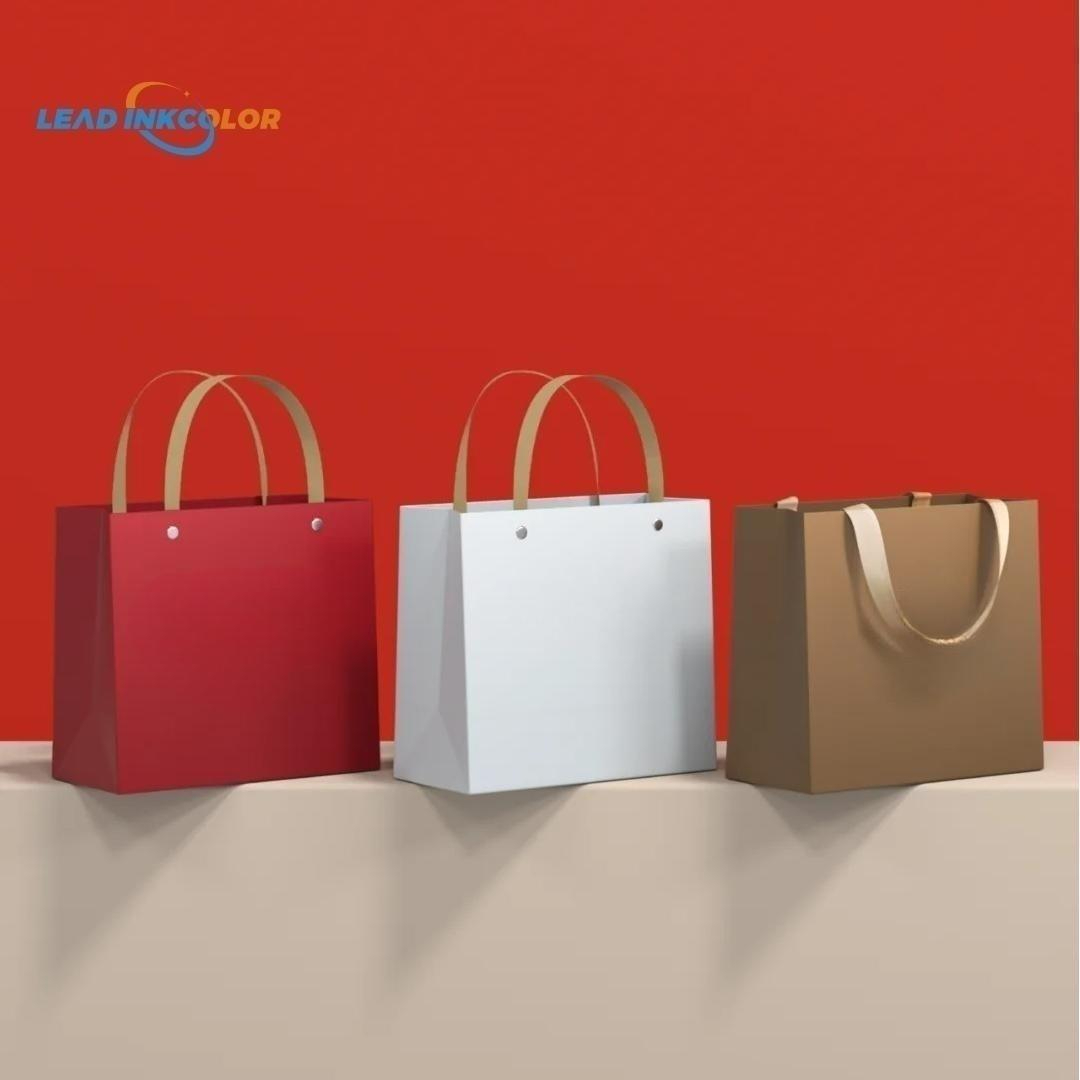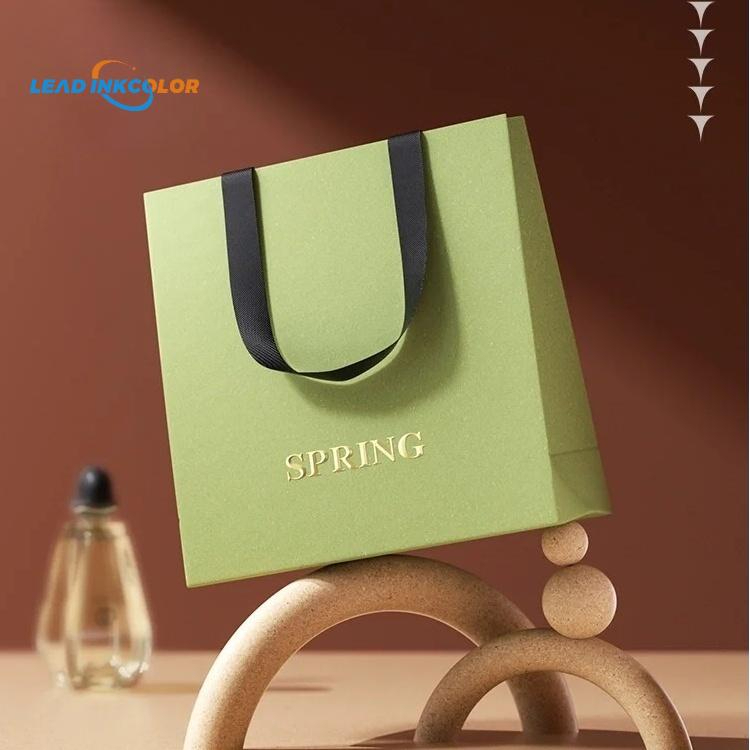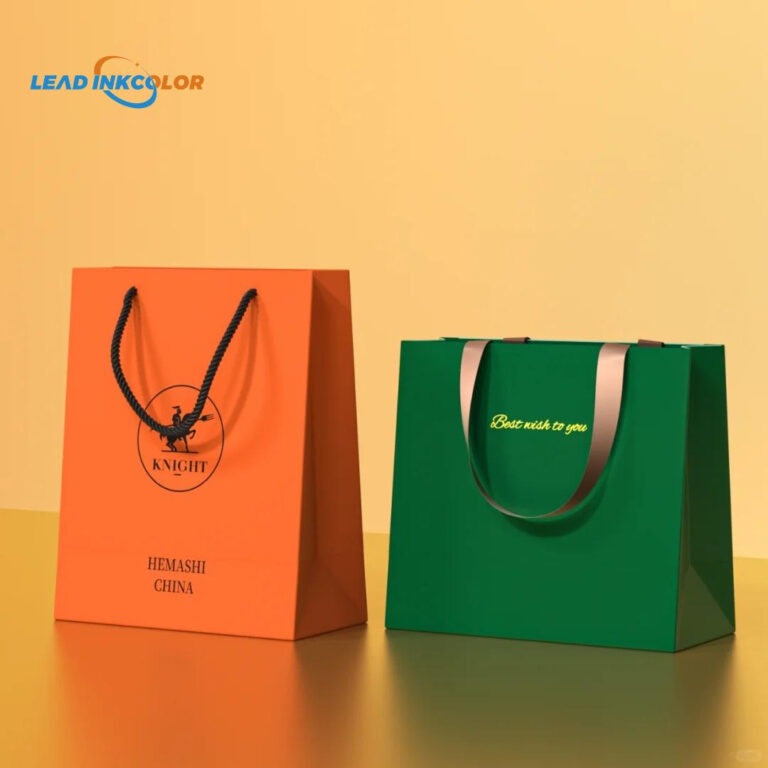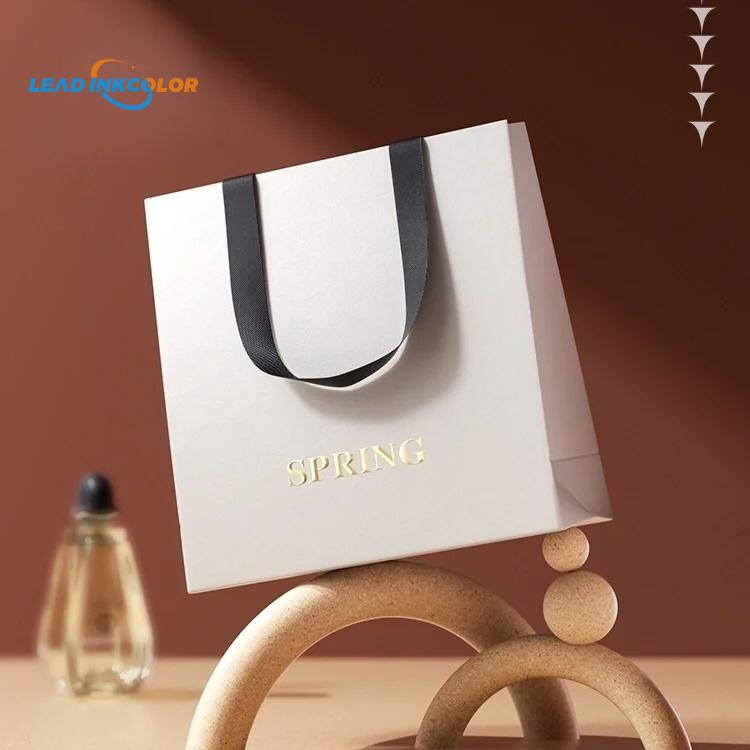-
home dongguan Houjie Industrial Park

The Psychology of Packaging: How it Influences our Emotions
[ad_1]
The Psychology of Packaging: How it Influences our Emotions
When we make a purchase, we don’t just buy a product, we buy an experience. The experience is largely shaped by the packaging that surrounds the product. Packaging is more than just a container; it’s a chance to make a lasting impression, evoke emotions, and influence our purchasing decisions. Let’s explore how the psychology of packaging can impact our emotions and behavior.
The Emphasis on Experiential Consumption
In today’s fast-paced world, people are no longer just looking for products; they’re looking for experiences. This shift in consumer behavior is driving companies to prioritize experiential consumption. Packaging is a crucial component of this experience, as it can convey the story, values, and personality of the brand. A well-designed package can create an emotional connection with the consumer, making them more likely to make a purchase and become a loyal customer.
The Power of Color
Colors are a crucial aspect of packaging, as they can elicit emotions, convey information, and draw attention. Different colors have different effects on the human brain. For example, warm colors like orange and red can stimulate feelings of excitement and energy, while cool colors like blue and green can evoke feelings of calmness and trust. Brands can strategically choose colors to create a specific emotional response and build a connection with their target audience.
The Role of Shape and Form
The shape and form of a package can also greatly impact our emotional response. A package that is visually appealing, such as a unique or nostalgic design, can create an emotional connection with the consumer. This is because our brains are wired to respond positively to stimuli that is familiar or novel. A well-designed package can also create a sense of excitement or anticipation, making us more likely to share the experience with others.
The Influence of Typography
Typography is another often-overlooked aspect of packaging design. The font style, size, and color can all contribute to the emotional impact of packaging. A bold, modern font can convey confidence and sophistication, while a playful, cursive font can evoke a sense of whimsy and friendliness. Brands can use typography to create a specific tone and atmosphere, influencing our perception of the product and the brand.
The Impact of Packaging on Our Sense of Self
Our sense of self is deeply connected to our consumer choices. The packaging we choose can reflect our values, personality, and lifestyle. This is why eco-friendly packaging or sustainable packaging options are increasingly popular, as they align with our values of social responsibility and environmental stewardship. On the other hand, packaging that is tacky, gaudy, or cheap can make us feel embarrassed or ashamed, making us question our choices.
Conclusion
The psychology of packaging is a powerful tool that can influence our emotions, behavior, and choices. By understanding how design elements like color, shape, and typography can impact us, companies can create packaging that resonates with their target audience and drives brand loyalty. As we continue to prioritize experiential consumption, the role of packaging will only become more critical. By harnessing the power of psychology, companies can create packaging that is not just functional but also experiential, memorable, and emotionally resonant.
FAQs
Q: What is the most important aspect of packaging design?
A: While all design elements are crucial, research suggests that color is the most influential factor in packaging design, as it can evoke emotions, convey information, and draw attention.
Q: Can packaging design influence my sense of self?
A: Yes, our sense of self is deeply connected to our consumer choices, and the packaging we choose can reflect our values, personality, and lifestyle. This is why eco-friendly packaging, for example, is increasingly popular, as it aligns with our values of social responsibility and environmental stewardship.
Q: How can brands use packaging to create an emotional connection with their audience?
A: Brands can use a combination of design elements, such as color, shape, and typography, to create an emotional connection with their audience. For example, a brand can use warm colors to evoke feelings of comfort and trust or bold fonts to create a sense of excitement and energy.
Q: Is the psychology of packaging only relevant for big brands or consumer goods companies?
A: The psychology of packaging is relevant to any brand or company that sells a product or service. Whether you’re a small startup or a global corporation, understanding how packaging design can influence consumer behavior and emotions can be a game-changer for your business.
[ad_2]







